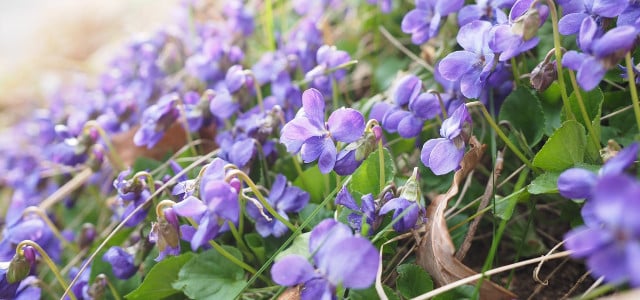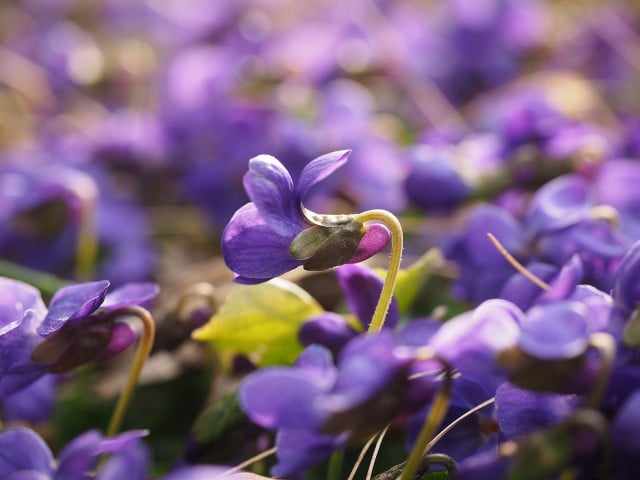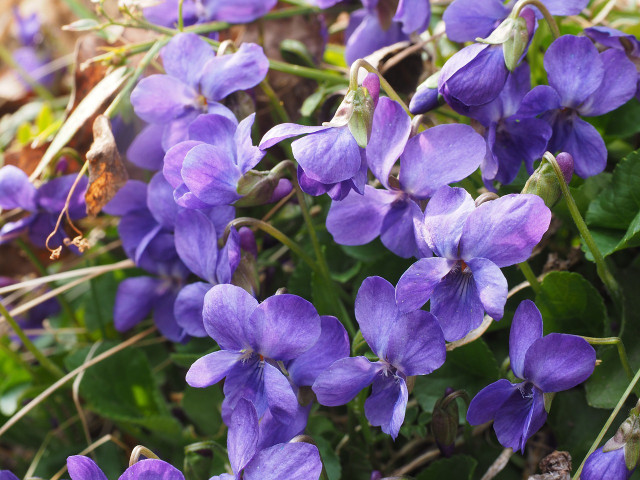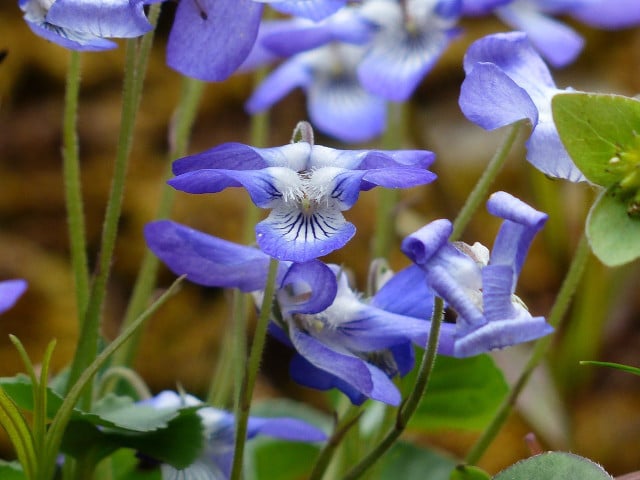
The fragrant violet exudes its intense scent especially in spring. In this article you will learn how to grow and use this easy-to-care-for spring flower in your garden.
Scented violet blooms as early as March and April in shades of pink, white and blue. It is therefore also known as the March violet. The early bloomer is one of the particularly bee-friendly plants and also provides plenty of food for bumblebees and butterflies.
In addition, the fragrant violet is not only beautiful to look at, it is also considered a medicinal plant. If you want to decorate your garden with hardy and low-maintenance flowers, the fragrant violet is just the right choice.
Contents
How to properly grow the fragrant violet

The fragrant violet has very few requirements and is therefore a particularly low-maintenance plant. However, to ensure that the flower continues to sprout blossoms beyond spring, you should still take some measures and pay attention to an ideal environment when planting the scented violet.
- Sowing scented violets: If you want to sow the scented violet as a seed, you should first plant the cold-germinating seeds outside in a tray in September or November. Then, in the spring, you can plant the young shoots in a suitable location.
- Seedlings: You can buy young plants of the scented violet in garden centers, for example. It is best to plant them in autumn or spring, when there is no danger of frost.
- The right location: In nature, the fragrant violet grows mainly on roadsides and embankments. Since the violet does not tolerate intense heat, it is best to plant it in a light shady spot, for example under a hedge. The plant can tolerate the midday heat only in a place where the soil is sufficiently moist. If you plant it near a small garden pond, for example, that’s ideal.
- The right soil: Because fragrant violet needs a lot of moisture, it thrives best in loamy, nutrient-rich soil. Before planting, you should therefore enrich the soil with some humus.
- Planting distance: Always plant the young plants 20 centimeters apart in the soil. You can also plant fragrant violets under roses and peonies.
Proper care of the fragrant violet

Once you’ve chosen a suitable location for the scented violet, you can almost leave it to its own devices. But you’ll get stronger plants and lusher blooms if you follow a few simple care tips:
- Water scented violets: Especially during the germination period and shortly after planting, you should water the scented violet regularly, ideally with rainwater from the barrel. After that, it is sufficient if you only provide the plants with a little water during long periods of heat.
- Fertilizer: The fragrant violet does not normally require any additional fertilizer. However, to make the plants grow stronger, you can spread some compost on them in spring.
- Pruning: Because the fragrant violet is an evergreen plant, you do not need to cut it back. Dry leaves can be removed at any time. Scented violets also make very good cut flowers.
- Propagation: Fragrant violets reproduce themselves through seeds and runners. You can also remove the seeds from the fruiting bodies after the first flowering in March and let them germinate in a planting tray. As another option, you can also dig up the scented violet in spring and divide it in half with a knife. Then you can simply put the daughter plants back in the ground with some compost.
- Pests and diseases: If you have planted the scented violet in a place that is too warm and too dry, the plant can be infested with spider mites. You can get rid of them by keeping the soil moist and spraying the violet with water. It is also best to protect the young shoots from slugs with a special slug fence.
The fragrant violet in the kitchen

The fragrant violet is not only suitable as a beautiful flower carpet or cut flower. You can also use the early bloomer in the kitchen in many ways:
You can harvest the roots of the fragrant violet from September to March and then use them roasted as a natural coffee substitute.
You can decorate salads and desserts with the edible flowers of the scented violet. The violet blossoms also taste very good candied, as tea or in a smoothie.
The leaves and shoots of the scented violet can be used raw or cooked in vegetable dishes, sauces or salads.


